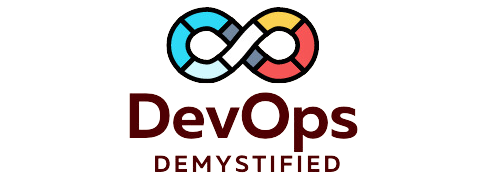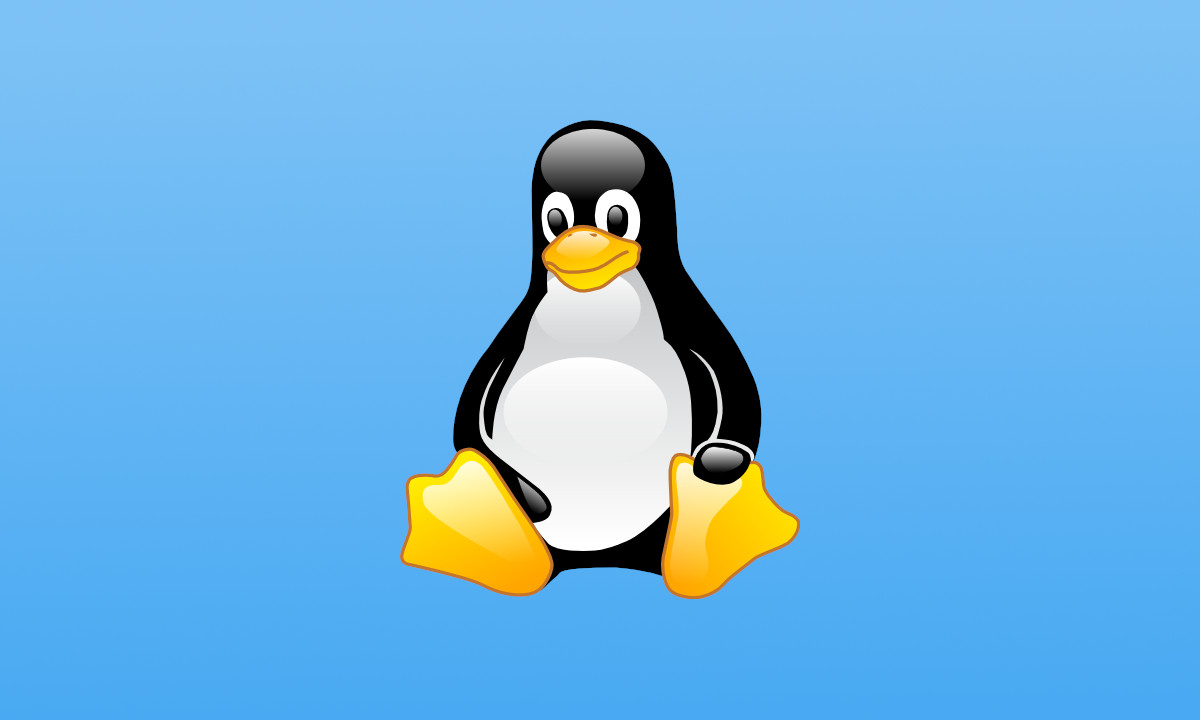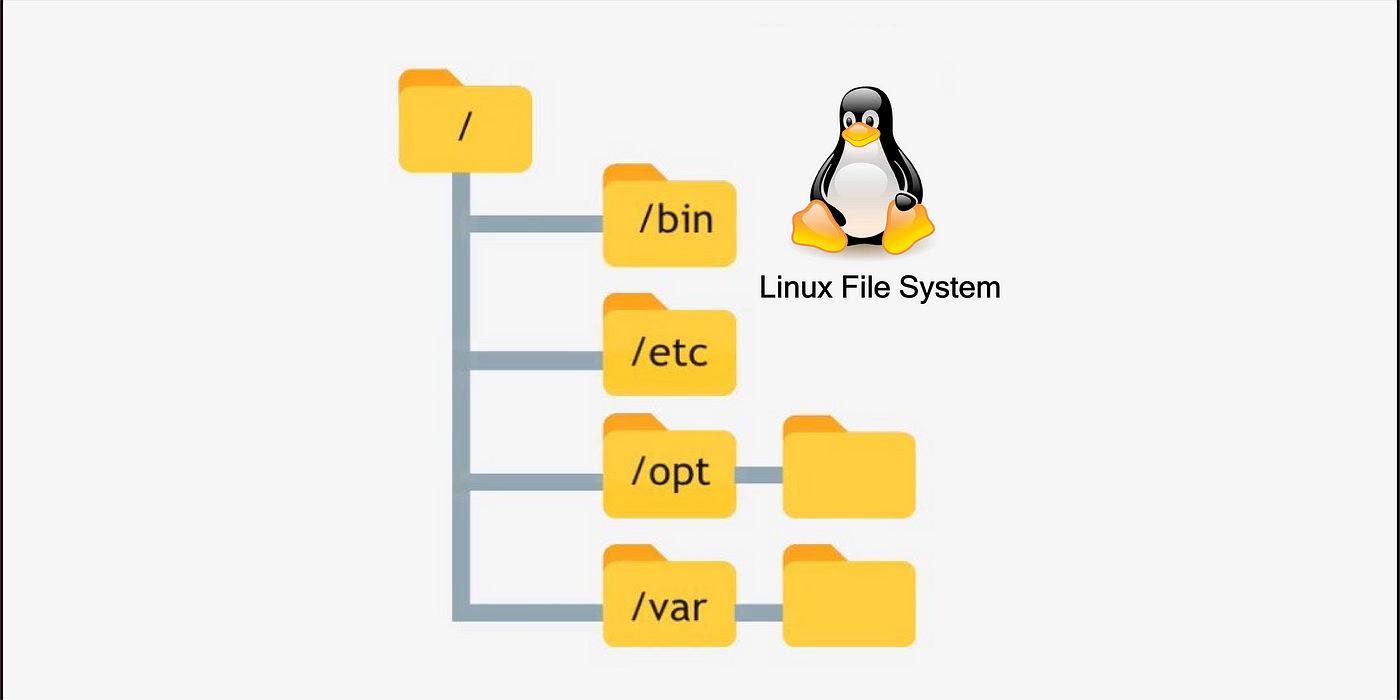In the ever-evolving world of technology, one name that frequently comes up is Linux. Whether you’re a tech enthusiast, a developer, or just someone curious about operating systems, understanding Linux can open doors to a myriad of possibilities. But what exactly is Linux, and why has it become such a significant player in the tech world? Let’s dive in.
What is Linux?
At its core, Linux is an operating system. More specifically, it’s a Unix-like operating system that was originally created by Linus Torvalds in 1991. Unlike proprietary operating systems like Windows or macOS, Linux is open-source, meaning its source code is freely available for anyone to view, modify, and distribute.
The Anatomy of Linux
To understand Linux, it helps to break it down into its essential components:
- Kernel: The core of the Linux operating system, the kernel manages hardware resources and provides essential services for other software. It’s responsible for process management, memory management, hardware abstraction, and system calls.
- Shell: This is the interface through which users interact with the kernel. The shell can be a command-line interface (CLI) or a graphical user interface (GUI). Popular shells include Bash (Bourne Again Shell), Zsh (Z Shell), and Fish (Friendly Interactive Shell).
- File System: Linux organizes files and directories in a hierarchical structure, starting from the root directory (
/). It supports a range of file systems, such as ext4, XFS, and Btrfs. - Utilities and Applications: Linux comes with a variety of built-in tools and utilities for managing the system, as well as the capability to install additional software. From text editors and compilers to web servers and networking tools, Linux offers a vast ecosystem of applications.
Distributions: A Diverse World
One of the most unique aspects of Linux is its distribution model. A Linux distribution (or distro) is a complete operating system built around the Linux kernel. Different distributions cater to various needs and preferences, offering different default software, package management systems, and user interfaces. Some popular Linux distributions include:
- Ubuntu: Known for its user-friendliness and ease of use, making it a popular choice for newcomers.
- Fedora: Focuses on cutting-edge features and technologies.
- Debian: Renowned for its stability and robustness, often used as a base for other distributions.
- Arch Linux: Aimed at advanced users who prefer a minimalist and customizable system.
- Red Hat Enterprise Linux (RHEL): Targeted at enterprises with support and long-term stability.
Why Use Linux?
Linux is valued for several reasons:
- Open Source: The open-source nature of Linux allows users to inspect, modify, and enhance the source code. This fosters innovation and transparency.
- Security: Linux is known for its strong security features. Its permission-based system, regular updates, and large community of developers contribute to its resilience against malware and vulnerabilities.
- Stability and Reliability: Linux systems are renowned for their stability and uptime, which is why they’re often used in servers and critical infrastructure.
- Customization: With Linux, users have the freedom to customize their operating system to suit their needs, from the desktop environment to the core components of the system.
- Community Support: The Linux community is vast and supportive. Users can find help through forums, mailing lists, and online documentation.
- Cost: Most Linux distributions are free to download and use, making it an attractive option for individuals and organizations looking to minimize costs.
Common Uses of Linux
Linux’s versatility means it finds application in a wide range of areas:
- Servers: Linux powers a significant portion of the world’s servers, including web servers, database servers, and file servers.
- Desktops: While not as dominant as Windows or macOS in the desktop market, Linux desktop environments offer a viable alternative with various options for users.
- Embedded Systems: Linux is widely used in embedded systems, such as routers, smart TVs, and IoT devices.
- Development: Developers favor Linux for its robust programming environment and support for a variety of programming languages and tools.
Getting Started with Linux
If you’re new to Linux, starting with a user-friendly distribution like Ubuntu or Linux Mint can be a great way to familiarize yourself with the operating system. Many distributions offer live versions that allow you to try them out without installing them, and there are countless tutorials and resources available online to help you learn the ropes.
Conclusion
Linux is more than just an operating system; it’s a dynamic and evolving ecosystem that empowers users with control, flexibility, and innovation. Whether you’re interested in using Linux for personal computing, server management, or embedded systems, there’s a rich world of possibilities to explore. By understanding Linux, you open yourself up to a community of passionate developers, a wide range of software, and an operating system that continues to shape the future of technology.




